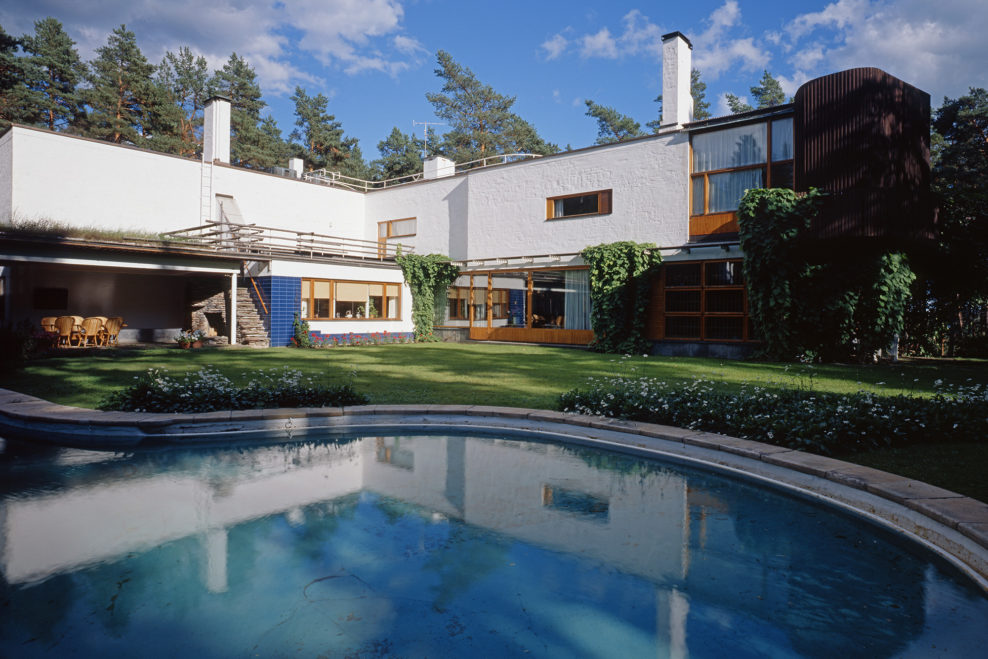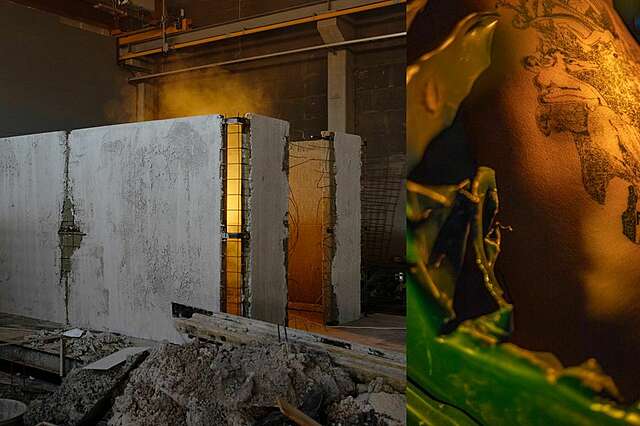Alvar Aalto Route is nominated as a Cultural Route of the Council of Europe

The Council of Europe has awarded the certification to five new “Cultural Routes of the Council of Europe”. One of these routes is Alvar Aalto Route – 20th Century Architecture and Design, the first Cultural Route coordinated from Finland.
The Alvar Aalto Route – 20th Century Architecture and Design offers sites and sensations amidst the architectural landmarks of the renowned Finnish architect Alvar Aalto. His works cover six decades and include over 200 existing buildings in Finland, Denmark, Sweden, Estonia, Germany, France, Italy, Switzerland, Iceland and the USA. The international influence of Alvar Aalto’s works during his lifetime and post-mortem is outstanding.
“The cultural route status promotes the international recognition of Alvar Aalto's buildings and strengthens the significance of Aalto's work as part of Europe's cultural heritage. All the Aalto sites proposed as World Heritage Sites are also on the Alvar Aalto Route,” states Tommi Lindh, CEO of the Alvar Aalto Foundation.
The Alvar Aalto Route covers nearly 11.000 km and more than 60 architectural sites in 27 cities in five different countries: Finland, Germany, Estonia, Italy and France. In addition, potential Alvar Aalto sites can be found in a total of ten European countries, from Rovaniemi in Finland to Riola di Vergato in Italy, and from Reykjavik in Iceland to Vyborg in Russia.
Alvar Aalto Foundations has initiated this Culture Route project in collaboration with the Network of Alvar Aalto Cities.

European cultural routes follow in historical footsteps
Cultural Routes of the Council of Europe aim to raise awareness of the diverse cultural history of the Mediterranean, Alps, Danube and Baltic Sea regions through, for example, architecture and gastronomy. With five new routes added, a total of 45 routes have so far been certified by the Council of Europe.
"The cultural history of the last century, as well as the Nordic dimension, is now being consolidated and recognized alongside old European themes, as Alvar Aalto's architecture and design form a cohesive totality of modernist architecture," again states Tommi Lindh.
The Certificate is granted only to the most significant cultural routes that emphasise the shared knowledge of European values. The routes must promote the sustainable development of culture, international cultural and youth exchanges, and cultural-heritage education, as well as cultural tourism around the route. The agreement concerning the routes is based on the Council of Europe’s cultural and heritage agreements.
The Visit Alvar Aalto online service (link) is your treasure map to the architectural sites and iconic designs of Alvar Aalto. The service presents 60 sites open to the public designed by Alvar Aalto architecture studio and is maintained by Alvar Aalto Foundation. The service is provided in four different languages: Finnish, English, Russian and Japanese. The project has received support from the Ministry of Education and Culture's special grant for the commercialisation of cultural tourism.
Visit the websites of Alvar Aalto Foundation for more information (link). In addition, further information can be found on the website of Ministry of Education and Culture (link) and on the website of the Council of Europe (link).


